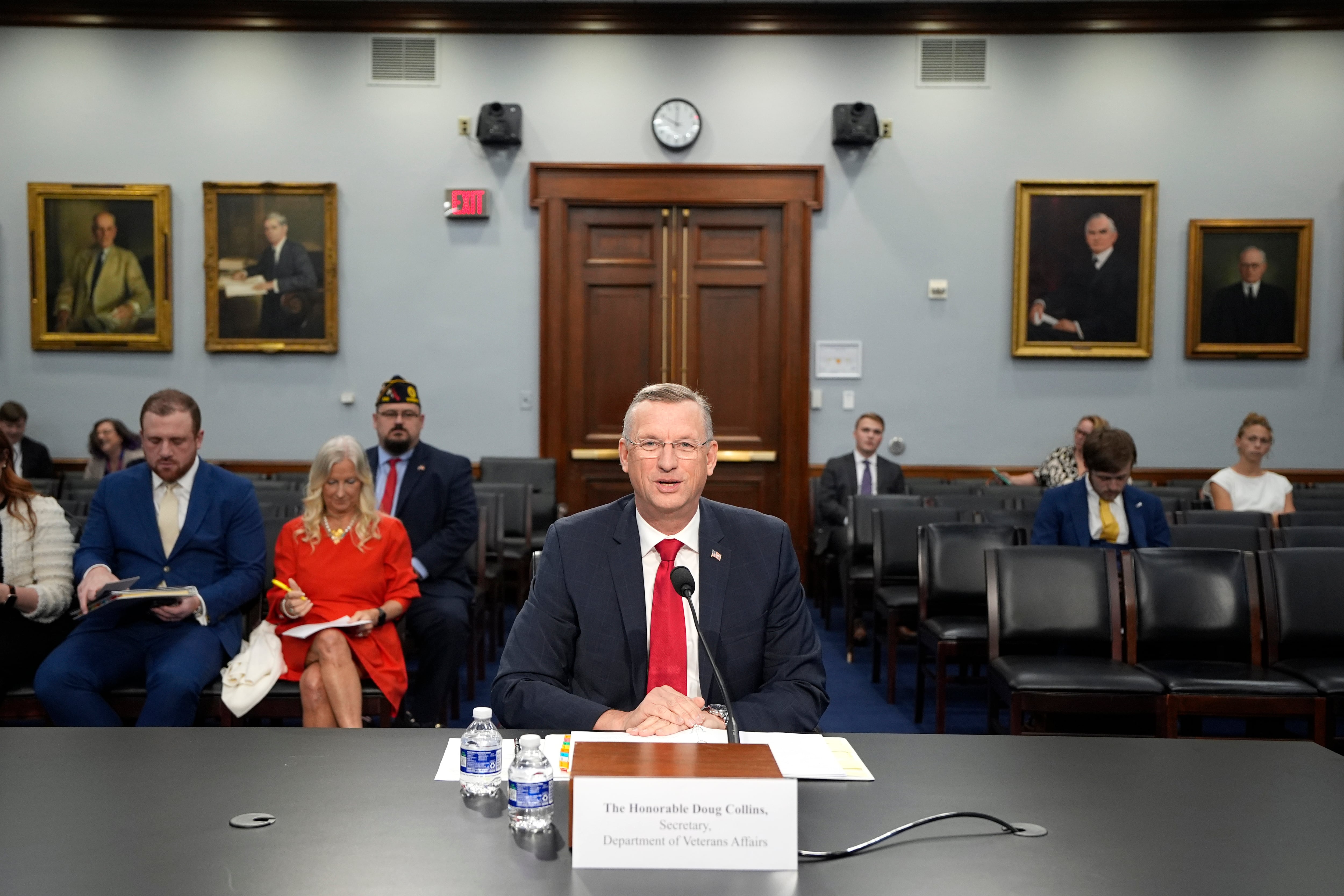Ship deployments lengths must stay at seven months for the fleet to rebuild its capacity to dispatch ships at short-notice in a crisis, the Navy's No. 2 officer told lawmakers Thursday. deploy in a crisis Navy can recover its surge capacity over the next few years, the Navy’s number two officer said Thursday.
In recent years, the Navy has seen ship deployments stretch as long as 10 months or more. The Navy argues the long deployments are the result of budget cuts and relentless demands on the fleet from combatant commanders, who are tasking with leading military operations around the world.
"In order to get to an end state where we have recovered our readiness, we have to manage how much of the fleet is out," Adm. Michelle Howard, the vice chief of naval operations, told lawmakers at a House Armed Services Committee hearing. "It means our deployments have to be about seven months."
Seven months has become the goal in the last two years to get ships repaired and sailors time at home. Admirals have taken flak from lawmakers for allowing presence gaps in the tense regions like the Navy has taken flak in recent months from congress over presence gaps in the Persian Gulf and the Asia-Pacific, a last-resort move that the brass argued was needed to reset training and maintenance at home. which the Navy has argued were necessary to ensure follow-on units to be fully repaired, manned and trained. Howard’s assessment indicates that the Navy's focus remains on resetting from years of high optempo and the strain that's put on sailors and ships. statements are a further indication that the Navy intends to stand firm of its plan to pull back somewhat while it resets readiness.
The Navy can support keeping a third about 1/3 of the fleet deployed at any given time, so long as the deployments stick to the seven-month timeframe, Howard said. If it can stay on track, the fleet's overall readiness would rise to normal levels within six years. by Navy could recover by about 2022.
Howard also argued for the cruiser lay-up plan, which would sideline half of the Navy’s 22 cruisers in an effort to keep as many as possible into the 2040s. have 11 in the fleet into the 2040s. Congress, however, has blocked the plan repeatedly because lawmakers suspect the Navy plans to decommission the Navy’s most lethal surface combatants to save money.
If Congress does not support the lay-up plan, Howard warned, the Navy might be forced to reduce readiness or manpower coffers.further eat into readiness or even the manpower budget.
David B. Larter was the naval warfare reporter for Defense News.





